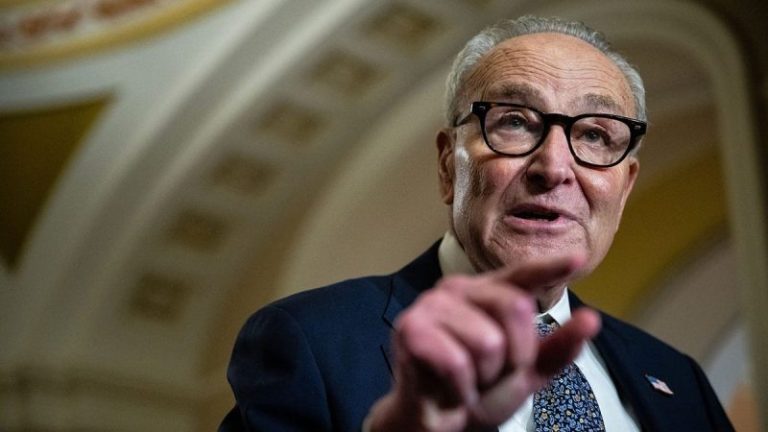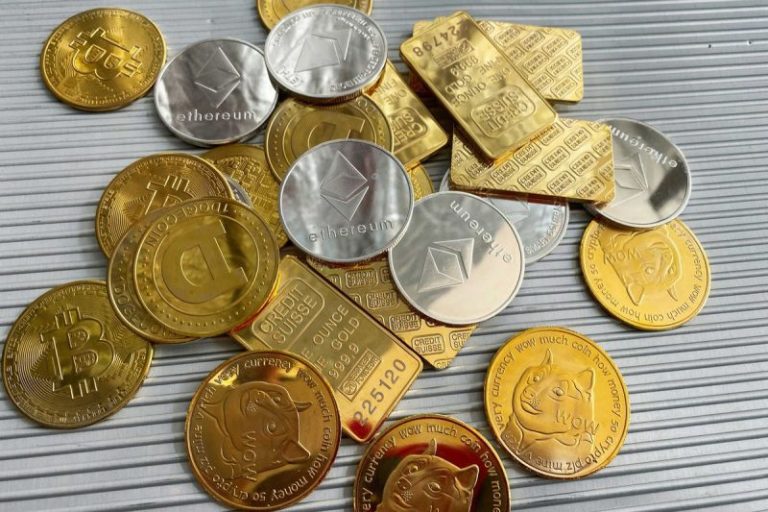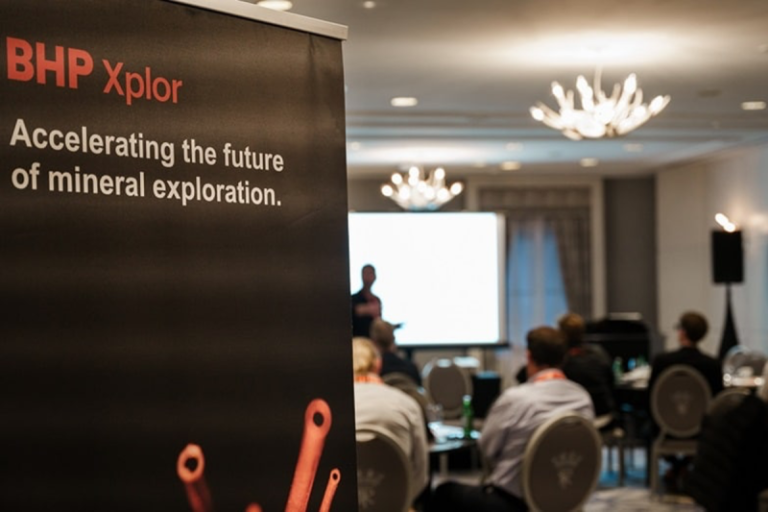Speaker Mike Johnson, R-La., is sending a pointed signal to Senate Minority Leader Chuck Schumer, D-N.Y., as the 2025 government shutdown is poised to enter a second week.
The leader of the House of Representatives canceled chamber activities for next week, effectively directing lawmakers to remain in their home districts until at least Oct. 14.
Johnson appears to be raising the stakes on Senate Democrats, who keep refusing the GOP’s plan to fund government agencies on a short-term basis in favor of making demands on healthcare that Republicans are calling unreasonable.
Originally, the House had been slated to return to a regular legislative schedule on Oct. 7. The full House was last in session on Sept. 19.
Johnson warned earlier on Friday that the House may not return until Schumer and Democrats agreed with Republicans’ bill.
‘We passed it, and it’s been rejected by the Senate,’ the House speaker told reporters during a news conference. ‘So the House will come back into session and do its work as soon as Chuck Schumer allows us to reopen the government. That’s plain and simple.’
House Minority Leader Hakeem Jeffries, D-N.Y., told Fox News Digital during his own Friday news conference that he would summon his Democratic caucus back into D.C. next week whether Republicans were there or not.
Meanwhile, two sources told Fox News Digital earlier on Friday that it was one of several strategies that House GOP leaders were considering, but were waiting to see how the Senate’s Friday afternoon vote played out.
It was the fourth time Senate Democrats rejected the GOP’s funding plan, a mostly flat extension of fiscal year (FY) 2025 government funding levels. The measure, called a continuing resolution (CR), would also include $88 million in security funding for lawmakers, the White House and the judicial branch — which has bipartisan support.
But Democrats in the House and Senate were infuriated by being sidelined in federal funding talks.
They have been pushing for an extension of Obamacare subsidies enhanced during the COVID-19 pandemic. Those enhancements would expire by the end of 2025 without congressional action.
Democrats have also introduced a counter-proposal for a CR that would keep the government funded through Oct. 31 while reversing the GOP’s cuts to Medicaid made in their ‘One Big, Beautiful Bill.’
The counter-proposal would have also restored federal funding to NPR and PBS that was cut by the Trump administration earlier this year.
Republicans have panned that plan as a non-starter full of partisan demands, while pointing out that Democrats have voted for a ‘clean’ measure similar to the GOP proposal 13 times during former President Joe Biden’s time in office.
Canceling next week’s House votes also puts off the probability that lawmakers would have to vote on making the Department of Justice release even more files related to Jeffrey Epstein.
Reps. Thomas Massie, R-Ky., and Ro Khanna, D-Calif., needed just one more person to sign onto a petition aimed at forcing a vote on the Epstein files — a signature they would have gotten if Rep.-elect Adelita Grijalva, D-Ariz., was sworn in next week following her special election victory.
House GOP leaders have panned that petition as unserious and superfluous, having already directed the House Oversight Committee to investigate the DOJ’s handling of Epstein’s case.
Johnson told Fox News Digital earlier this week that he was concerned the bipartisan measure was written in a way that it would not protect sensitive information regarding Epstein’s victims.
When asked about Johnson’s move during his own Friday news conference, Schumer told reporters, ‘Johnson and the House Republicans care more about protecting the Epstein files than protecting the American people.’










